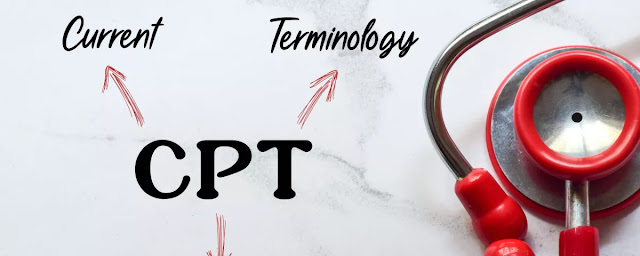Medicare vs. Medicaid: Key Differences and Eligibility Requirements
When one talks about healthcare in the United States, Medicare and Medicaid are two significant government programs that give coverage to millions of individuals. These two programs, though, have many differences in benefits, eligibility, and medical billing. These must be realized by the healthcare providers, particularly those providing MedicalBilling Services.
What Is Medicare?
Medicare is a United States government health care insurance
program created for people 65 years and above, and also for some younger people
with disabilities and end-stage renal disease (ESRD). Medicare has four parts:
·
Part A (Hospital Insurance): Pays for inpatient
hospital stays, skilled nursing facilities, hospice, and a portion of home
health care.
·
Part B (Medical Insurance): Pays for doctor
visits, outpatient care, preventive services, and some home health care.
·
Part C (Medicare Advantage): An alternative to
Original Medicare with extra benefits provided by private insurance plans. Part
D (Prescription Drug Coverage): Assists in paying for prescription medications.
Medicare Eligibility Requirements
To become eligible for Medicare, one must:
·
Be 65 years or older OR qualify due to
disability.
·
Be a U.S. citizen or permanent resident who has
resided in the U.S. for at least five years.
·
Have paid Medicare taxes for 10 or more years
(for Part A eligibility without premium-free).
What Is Medicaid?
Medicaid is a state and federal program that provides health
coverage to low-income families and people. Unlike Medicare, Medicaid
eligibility varies depending on income and differs between states. 98Medicaid
usually covers:
- Doctor visits, hospital stays, and long-term care services
- Prescription medicines
- Mental health treatment
- Preventive care and vaccinations
- Part of the cost of getting to medical appointments
Medicaid Eligibility Requirements
Eligibility for Medicaid is based on income and family size. While requirements vary from state to state, overall qualifications are:
- Low-income individuals and families
- Pregnant women and children
- People with disabilities
- Seniors who need long-term care services
Key Differences Between Medicare and Medicaid
|
Feature |
Medicare |
Medicaid |
|
Eligibility |
Primarily for
seniors (65+) and some disabled individuals |
Based on
income and need |
|
Administration |
Federal
program |
State and
federal partnership |
|
Coverage |
Hospital
stays, outpatient care, prescription drugs |
Comprehensive
healthcare, including long-term care |
|
Costs |
Premiums,
deductibles, and copayments |
Low or no
cost, depending on state laws |
|
Medical Billing |
Standardized
national billing system |
Varies by
state, more complex billing rules |
The Role of Medical Billing Services in Medicare and Medicaid
Healthcare providers should understand the differences
between Medicare and Medicaid to bill and be reimbursed appropriately. Medical
Billing Services play a crucial role in helping providers:
·
To handle complex regulations: Medicare and
Medicaid have different billing codes, claim submission, and reimbursement
rules.
·
To comply: Submitting the wrong claims may lead
to denial, audit, or even fines.
·
Optimize reimbursement: Proper coding and
documentation facilitate prompt payments to healthcare providers.
·
Reduce claim denials: Skilled billers minimize
mistakes and speed up claims processing.
Conclusion
Medicaid and Medicare have distinct patient populations and
billing standards. For doctors, working with professional Medical Billing Services can streamline claim submission and reimbursement. Understanding the
complexities of the programs allows doctors to deliver quality care and remain
financially viable.



Comments
Post a Comment